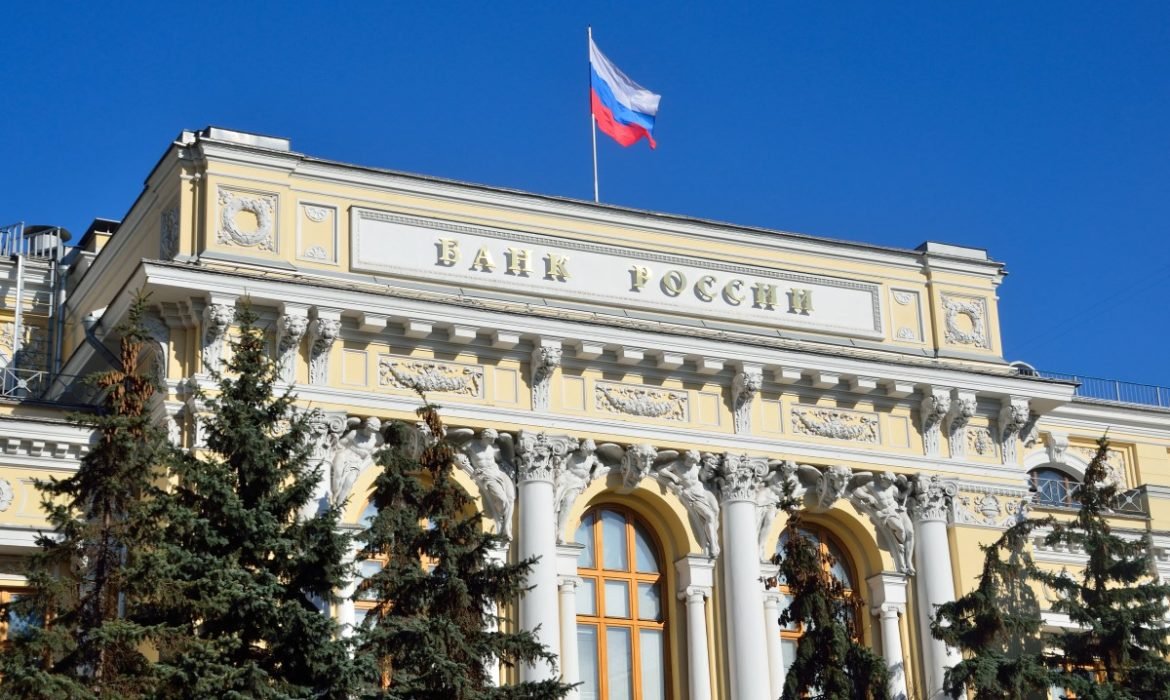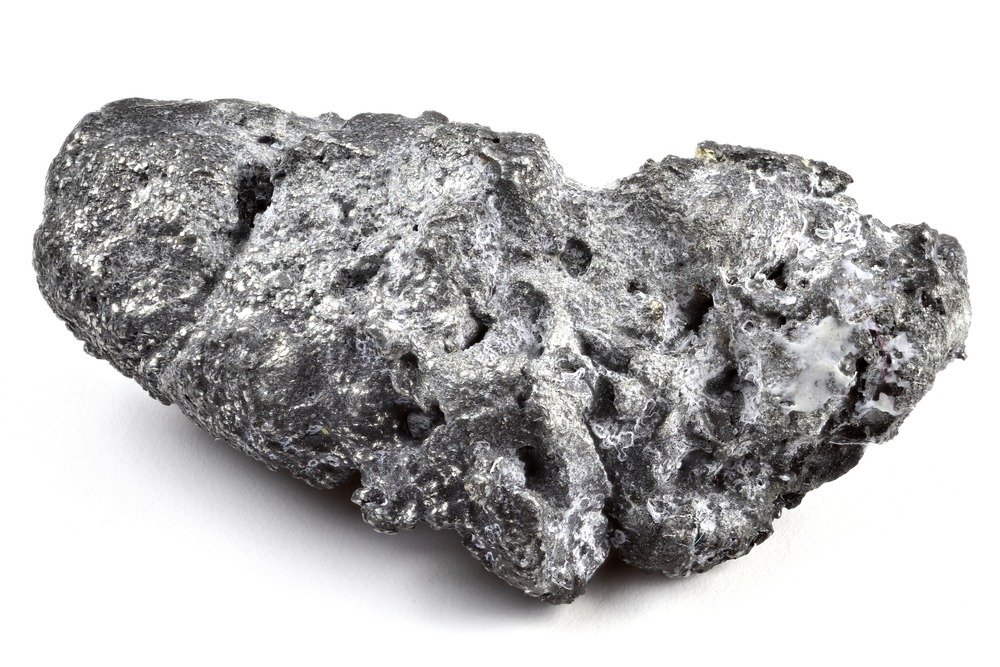Russia overtook South Africa and became the world’s largest producer of palladium in 2018.
Several factors have allowed this country to increase its dominant position in the international palladium market. This rise is at the expense of South Africa. The country’s mine production has increased, and the cost has been moderate. On the other hand, Russia has been able to continue operating during the pandemic.
In his PGM Market Report, Johnson Matthey revealed that Russia surpassed South Africa as the world’s largest producer of palladium in 2018 and has strengthened this position over 2019.
According to the report’s data, South Africa produced 79.22 tonnes of palladium in 2017, while Russia reached just 76.26.
In 2018, the positions reversed. Russia reached the first place.
Last year, Russia consolidated its position as the world’s leading producer of palladium, with a production of 92.90 tons. Meanwhile, South Africa’s output totaled 81.67 tons.
Restrictions in South Africa hindered palladium production significantly
World Energy Trade explained that the crisis stemming from the Covid-19 pandemic had served the Russian palladium industry well. Its leading producing company, Norilsk Nickel (Nornickel), has taken advantage of the South African mining industry’s slowdown to increase its dominant position in the palladium market.
The South African mining companies were forced to suspend their activity. This was due to the stoppage decreed in the country by the Government of Cyril Ramaphosa. Meantime, the Russian companies continued with their operations. This allowed for an increasing gap, which already separates the first world producer from the second.
Many of the nickel and other metal mines, from which palladium is obtained as a by-product, are located in remote areas of Russia. They have not allowed the interruption of economic activity on a global scale reach them.
Besides, the palladium that Russia extracts is much less deep than in South Africa. This allows for the extraction to require lower costs for companies. Therefore, they are much more profitable than the South African mines.
In South Africa, it is from platinum farms that companies often obtain palladium; many of them are economically deficient.
In the case of Nornickel, the company has maintained its capital expenditure forecasts. It included compensation of more than 150 million euros for the polluting fuel spill at its Siberian facilities at the end of last May.
Future prospects
Thus, as South African mines begin to resume their activity, with severe restrictions on security measures to prevent contagion, Russia’s farms continue to operate at full capacity. They are therefore preparing for the foreseeable rise in demand for palladium.
Nornickel maintained its estimated production number for 2020, of between 2.6 and 2.8 million ounces, as forecasted in January. Other miners, like Anglo American Platinum, Impala Platinum, and Sibanye Stillwater, lowered their annual expectations.
According to Nornickel’s calculations, world production of palladium will reduce this year by about 1.3 million ounces (40.4 Mt), to a total of 6.3 million ounces (196 Mt).
This will allow the market dependent on this metal to balance, which had been in a supply deficit for several consecutive years. The lower production will be compensated by the reduction in the demand for automobiles, which is the sector that consumes the most palladium (80% of the total).
















